Memory is one of the major components of a computer system as it is required to run a computer system. We need to know all about the basic components of a computer to understand the working in a better way. In this article, we have discussed Computer Memory and its types.
What is Computer Memory?
Memory is a very essential part of the computer system as a computer cannot process any task without it. Memory is used to store data and instructions and then perform specific tasks on the computer system. Computer memory is a storage space that stores and fetches data.
Memory is a set of several memory cells which are known as the building blocks of memory. Each memory cell is assigned a unique index number or identification number which is the unique address of that specific memory cell. CPU selects the memory cells to read or write data.
The performance of the computer system depends on the memory and CPU. A large set of data cannot be stored in a CPU permanently. They can only store basic instructions required to operate the computer. Hence, it is necessary to have a memory to run a computer system properly.
Types of Computer Memory
Computer memory can be classified into mainly two types-
- Internal Memory
- External Memory
Internal Memory
Internal Memory refers to the chips or modules that are directly connected to the motherboard.
RAM
RAM stands for “Random Access Memory” and constitutes the internal memory of the CPU to store the given instructions and their results. RAM is also known as read-write-memory. It is a primary volatile memory as we lose the data when we turn off the computer or have any power failure. RAM is smaller in size and much faster than most of the available computer memories. However, it is not as fast as the registers.

RAM can further be divided into the following categories-
- SRAM: Static Random Access Memory or SRAM stores the data in a static form, meaning the data remains in the memory for as long as the computer is on. SRAM uses a matrix of six transistors and no capacitors. Transistors do not need the power to prevent leakage hence, we do not need to refresh SRAM again and again.
- DRAM: Dynamic Random Access Memory is widely used in computer systems. Earlier, there was a single data rate (SDR) used in computers but now, a dual data rate (DDR) is used in them. DDR is also available in different versions such as DDR2, DDR3 and DDR4 which are more energy efficient and provide better performance. DRAM is made up of a transistor and a capacitor in each cell because of which it has a leakage problem. Hence, we need to refresh a DRAM again and again.
ROM
ROM stands for Read Only Memory into which the data cannot be normally written. While the data can easily be read from this type of memory. ROM is a primary non-volatile memory, meaning it can retain all the data in the memory without the power supply. It is a very fast computer memory that stores the instructions required to start the computer as soon as we connect it to the power source. When we connect the computer to the power source, the CPU starts reading the instructions stored in ROM. It also does not require support from the driver or any complex software to load the necessary parts of the operating system in the primary memory.
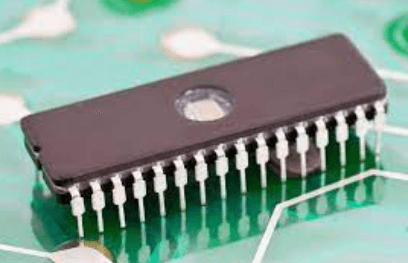
ROM can be divided into the following subcategories-
- MROM: MROM stands for “Masked Read Only Memory”. It is a type of memory whose contents are pre-programmed with specific functional data by the integrated circuit manufacturer. MROM cannot enable users to change the data stored, like other types of ROM. If it tries to do so, the process would be difficult or slow.
- PROM: It stands for Programmable Read Only Memory and as the name suggests, these memory are programmable. A user can program or code this memory as PROM is manufactured as a blank memory. A PROM programmer can be used to enter a set of programs or codes in a blank PROM. Once data or instructions are written in it, they cannot be changed.
- EPROM: This stands for Erasable Programmable Read Only Memory which is an upgraded version of PROM. This type of memory allows its users to erase the stored data as well as rewrite it. The data stored in EPROM can be erased by passing ultraviolet light for a particular length of time using an EPROM eraser.
- EEPROM: This stands for “Electrically Erasable Programmable Read Only Memory” and as per its name, this memory can be programmed and erased electrically. The programming and erasing of data takes around 4 to 10 milliseconds and this can be done around 10,000 times. EEPROM can be erased 1 byte at a time rather than erasing the entire memory at once. Hence, the entire process is flexible but slow.
Difference between RAM and ROM
Some common Differences between RAM and ROM are discussed below.
| RAM | ROM |
| 1. Temporary Storage | 1. Permanent Storage |
| 2. Store data in MBs | 2. Store data in GBs |
| 3. Volatile | 3. Non-Volatile |
| 4. Used in normal operation | 4. Used for startup process of computer |
| 5. Writing data is faster | 5. Writing data is slower |
External Memory
The type of memory which is attached to a computer system separately is known as External Memory. It is also known as secondary memory or auxiliary memory and is used to store data permanently. The CPU cannot access this type of memory directly so data is first transferred to the primary memory and then the CPU can access it. The secondary memory is not as fast as the primary memory.
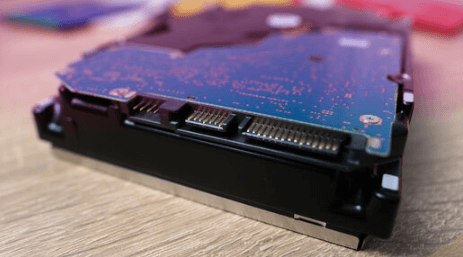
The types of External Memory used in computer systems are-
Magnetic Storage Devices
These devices are coated with magnetic materials on which the data is encoded in the form of electric current. Magnetic devices use magnetic fields to magnetize the tiny individual sections of a metal spinning disc. Each tiny magnetized section is represented by a Binary ONE (1) whereas each demagnetized section is represented by a Binary ZERO (0). These tiny sections can contain terabytes (TB) of data and are also cheap, fast and durable. Hard Disc Drive, Magnetic Tape, and Floppy Discs widely use these magnetic storage devices.
Solid State Storage Devices
Solid-state State Storage Devices are made up of silicon microchips. These devices are non-volatile storage devices and use integrated circuit assemblies as memory to continuously store any information. These devices are used as external secondary storage as they can hold the data even after the power is off.
The main advantage we have with these devices is that it has no moving parts because of which they are portable and also last longer. These devices are comparatively faster than the traditional hard disc drives as the data is stored by them electrically in silicon chips known as cells. Solid State Drives (SSD) and Universal Serial Bus (USB) memory sticks or USB Flash Drive are examples of solid storage devices.
Optical Storage Devices
The data stored in optical storage devices can be read or written with the help of a laser beam. These devices consist of spinning discs made from metal and plastic. The laser beam scans the surface of a spinning disc. The surface is divided into tracks and each track consists of several flat areas and hollows. These flat areas are called ‘lands’ while the hollows are called pits. These devices can store a large amount of data.
Examples of Optical Storage Devices are, CD-ROM, DVD-ROM, WORM, etc.
Cache Memory
Cache Memory is small-sized chip-based memory in a computer that lies between the main memory and CPU. It is very close to the chip of the CPU. The aim of this type of computer memory is to enhance the performance of the CPU. This memory is an extremely fast memory type that acts as a buffer between RAM and the CPU. This Memory holds frequently request data and instructions so that they are immediately available to the CPU when needed. Cache memory is costlier than main memory or disk memory but more than CPU registers

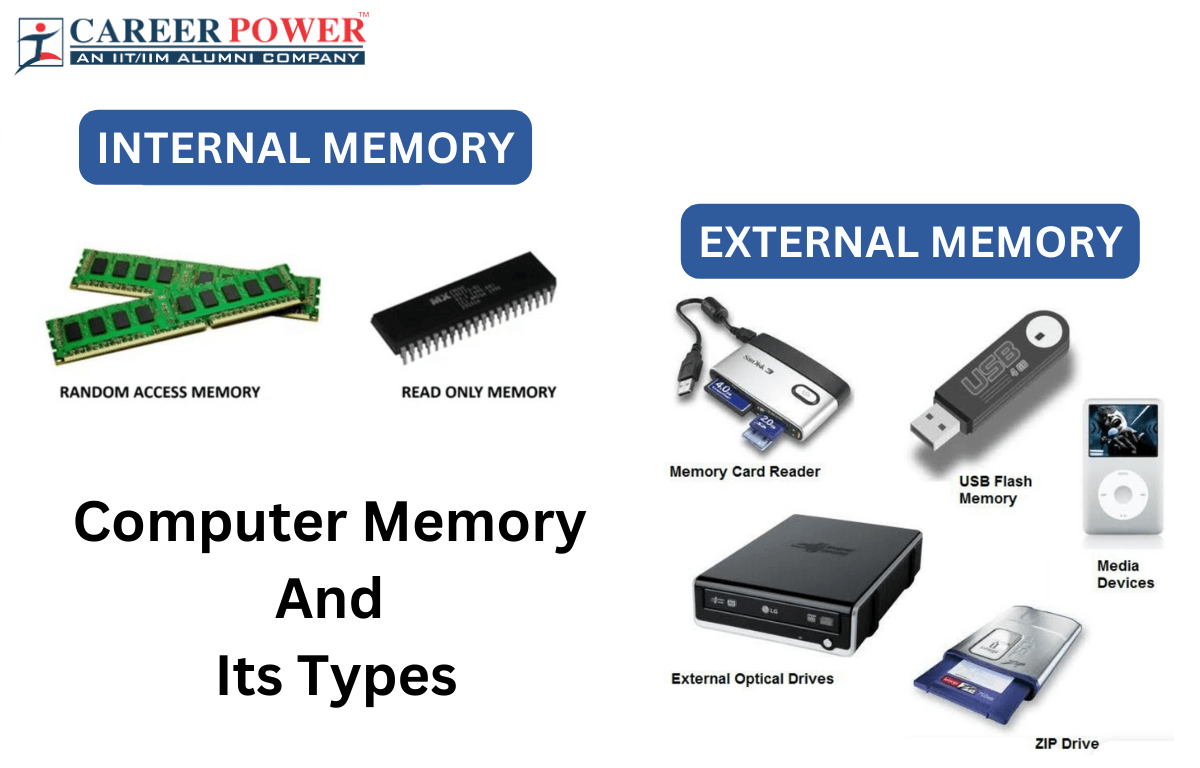

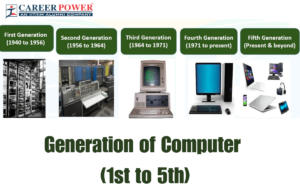 Generation of Computers 1st, 2nd, 3rd, 4...
Generation of Computers 1st, 2nd, 3rd, 4...
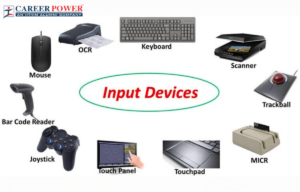 Input Devices of Computer: Definition, F...
Input Devices of Computer: Definition, F...
 Computer Languages and it's Types
Computer Languages and it's Types













